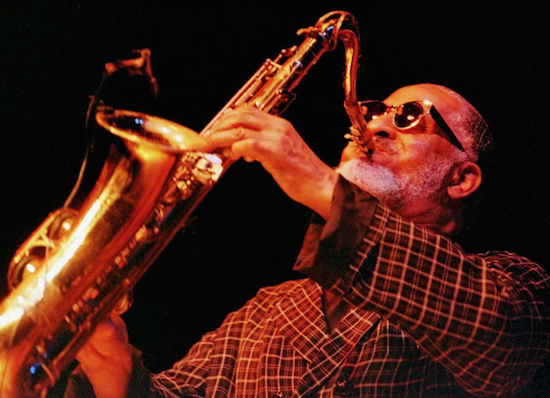Call to rename Williamsburg Bridge after saxophonist Sonny Rollins gains steam
Famed Musician's Lesser-Known Brooklyn Roots Revealed

Rollins, 87, lived in Clinton Hill and had many friends from the borough. He currently resides in upstate New York. AP Photo/Susan Ragan
The Williamsburg Bridge will undergo many changes in the coming years as part of the L-train shutdown, but none perhaps more dramatic than this.
Thousands of jazz enthusiasts have joined Councilmember Stephen Levin in calling for the overpass to be renamed after renowned jazz musician Sonny Rollins.
The Williamsburg Bridge, which just celebrated its 114th birthday on Tuesday, was a special place for Rollins.
